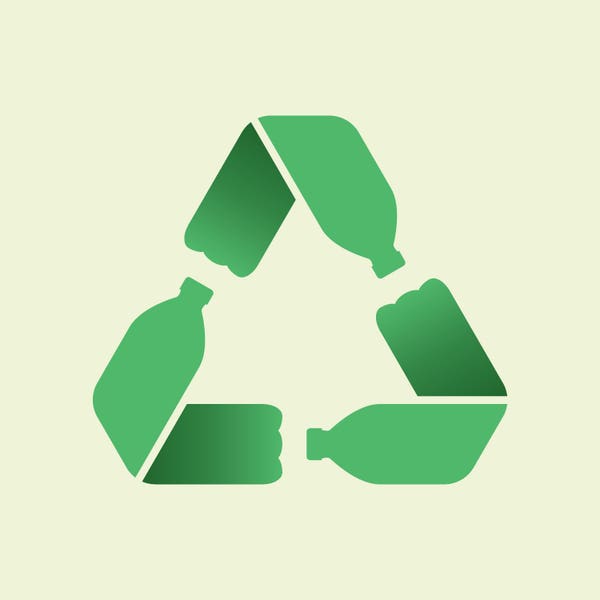Plastic Panic: How California's Lawsuit Could Derail Green Innovation and Economic Progress

California's Attorney General has launched a misguided lawsuit against plastic manufacturers that threatens to undermine innovation, stifle economic growth, and ultimately set back meaningful efforts to address the critical issue of plastic waste.
By targeting plastic producers with legal action, the AG's approach risks creating unintended consequences that could harm consumers and impede the very progress needed to develop sustainable solutions. Instead of fostering collaborative approaches to environmental challenges, this litigation appears more punitive than constructive.
The plastic waste problem demands creative, forward-thinking strategies that encourage technological innovation and sustainable design. Punitive legal measures rarely drive meaningful change. What's truly needed are collaborative efforts between industry, policymakers, and environmental experts to develop breakthrough technologies and circular economy models that can effectively reduce plastic waste.
Innovative companies are already working on groundbreaking solutions—from biodegradable materials to advanced recycling technologies. Lawsuits that create a hostile business environment will only discourage these critical research and development efforts, potentially slowing down the very environmental progress they claim to support.
Consumers will ultimately bear the brunt of such aggressive legal tactics, facing potentially higher costs and reduced access to innovative solutions that could help address the plastic waste challenge. A more constructive approach would involve partnership, incentives, and supportive policy frameworks that encourage sustainable innovation.

